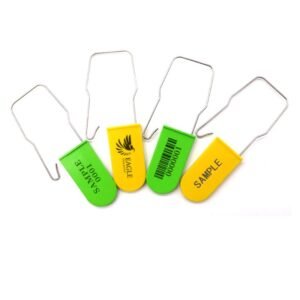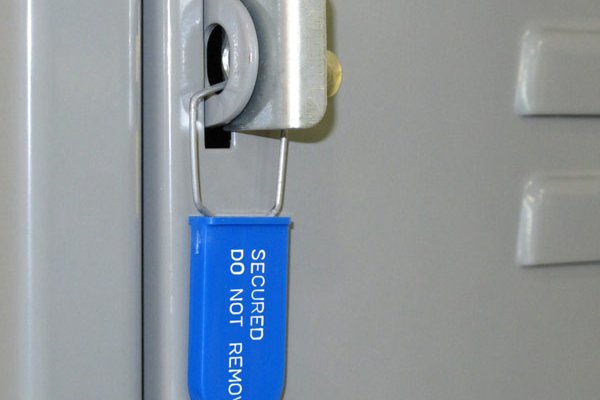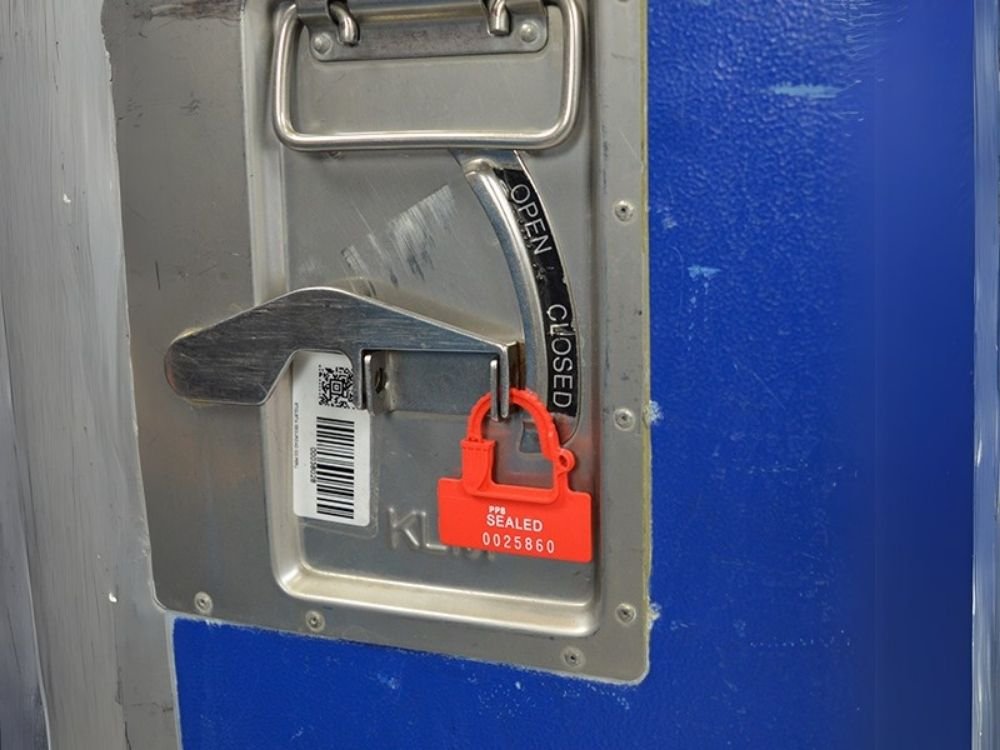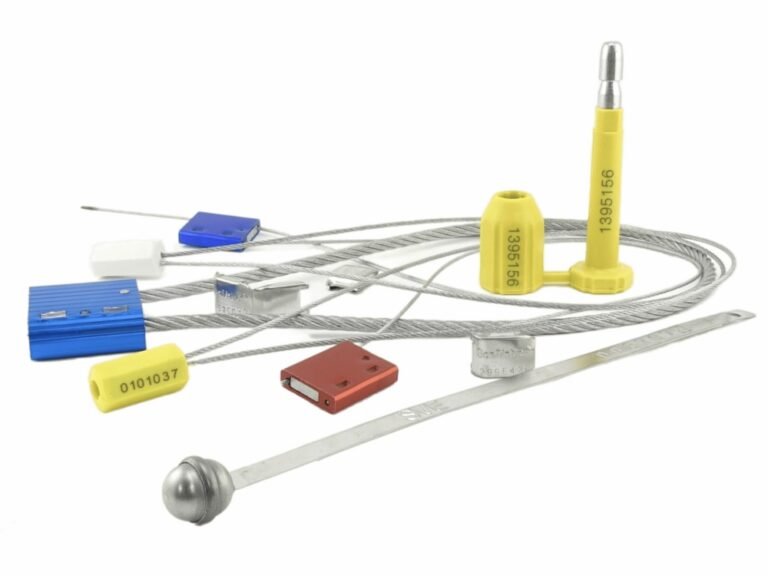Padlock seals have their voice in industries such as logistics, shipping, retail and pharmaceuticals. You'll see plastic, plastic with metal, even all-metal padlock seals.
In this guide, we will explore different types of padlock seals, from plastic to all-metal seals, highlighting their advantages, uses, and their best tamper-evident solutions.
What Are Padlock Seals?

Padlock seals are a type of security devices designed to secure items by locking them with a tamper-evident mechanism. Once the seal is applied, it cannot be removed without showing clear signs of tampering.
Types of Padlock Seals
1. Plastic Padlock Seals
| Category | Details |
|---|---|
| Advantages |
|
| Applications |
|
| Drawbacks |
|
2.Full-Metal Padlock Seals
| Category | Details |
|---|---|
| Advantages |
|
| Applications |
|
| Drawbacks |
|
3. Combination of Plastic and Metal Padlock Seals

Some padlock seals combine the benefits of both plastic and metal. These hybrid seals use a plastic body with a metal locking mechanism, offering enhanced security without the full weight and cost of a metal-only seal. They are a good middle ground for industries that need more security than plastic seals offer but don't require the full strength of metal seals.
How Padlock Seals Work
Padlock seals are designed with a locking mechanism that secures a device or container and leaves visible signs of tampering if someone tries to remove or manipulate the seal. Many modern seals feature serial numbers or QR codes, allowing easy tracking and identification of the seal in a supply chain.
When the seal is applied, it cannot be removed without breaking it. The seal’s breakage or any signs of tampering are immediately visible, providing a clear indicator that the security of the sealed item has been compromised.
Top 3 Tamper-Evident Solutions Ranked by Security Level
Choosing the right seal isn't just about cost—it’s about matching the security level to the risk of tampering in your industry. Here are the three most effective tamper-evident solutions, ranked from highest to moderate protection:
1. Full-Metal Padlock Seals – Maximum Security
Material: Galvanized steel or stainless steel
Best For: High-risk transport (e.g., customs, military logistics, pharma)
Security Level: ⭐⭐⭐⭐⭐
Tamper Resistance: High – Requires industrial tools to remove
Compliance: Meets ISO 17712:2013 and CTPAT standards
Ideal Use: Cross-border containers, air cargo, sensitive shipments
✅ Choose this if you're dealing with customs, high-value goods, or compliance-heavy industries.
2. Metal-Shackle Plastic Body Seals – Balanced Protection

Material: Metal locking core + plastic body
Best For: Warehousing, retail distribution, mid-value assets
Security Level: ⭐⭐⭐⭐
Tamper Resistance: Medium – Harder to cut than all-plastic
Customization: Sequential numbers, barcodes, custom branding
Ideal Use: Cash bags, courier boxes, supply chains
✅ A reliable choice when you need better durability than plastic, but don’t require full-metal strength.
3. All-Plastic Padlock Seals – Cost-Efficient Security

Material: Polypropylene or Nylon
Best For: Light logistics, food supply, internal inventory
Security Level: ⭐⭐⭐
Tamper Resistance: Basic – Can be cut with scissors or snips
Customization: High – colors, logos, QR codes, serials
Ideal Use: Trolleys, bins, crates, quick audits
✅ Use this when you need visibility, traceability, and basic tamper-evidence at low cost.
Conclusion
Padlock seals, whether plastic or metal, are essential tools for securing goods across a wide range of industries. They are tamper-resistant, enhance security, prevent unauthorized access, and ensure the integrity of goods throughout the supply chain.
Choosing the right padlock seal depends on the specific needs of your business, the level of security required, and the environment in which the seal will be used. If you are unsure how to choose, please feel free to contact us. At ProtegoSeal, we can provide you with the most suitable padlock seal.

